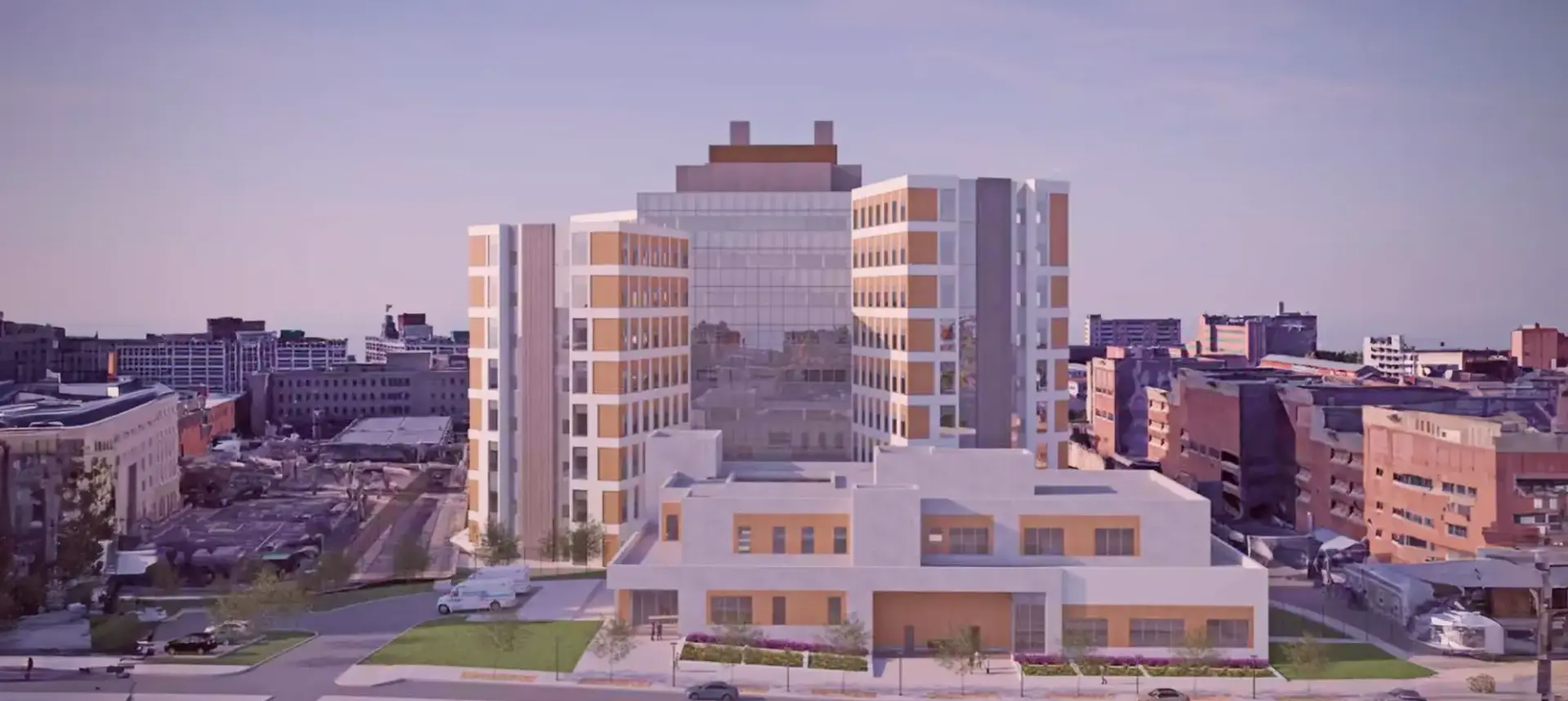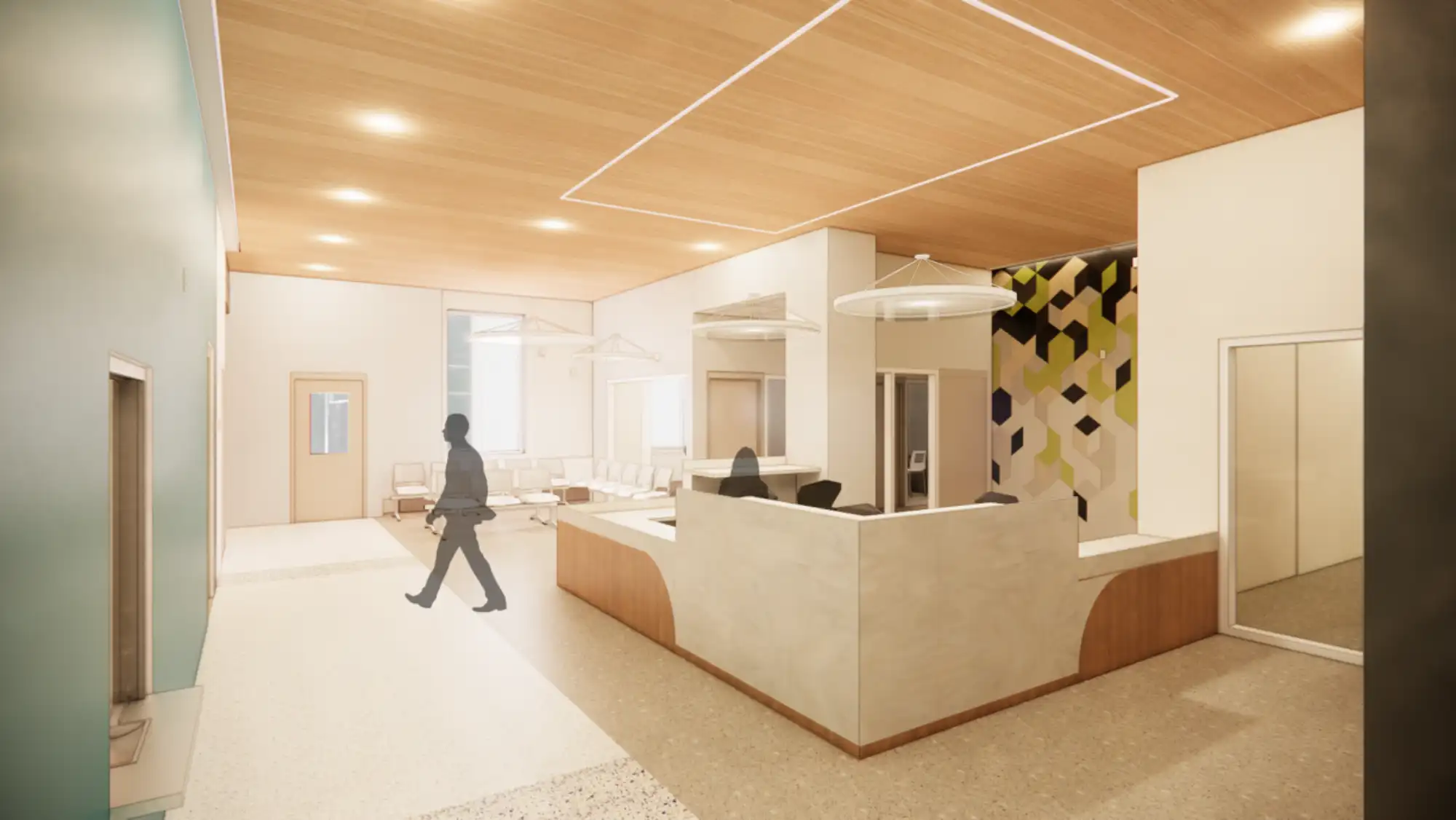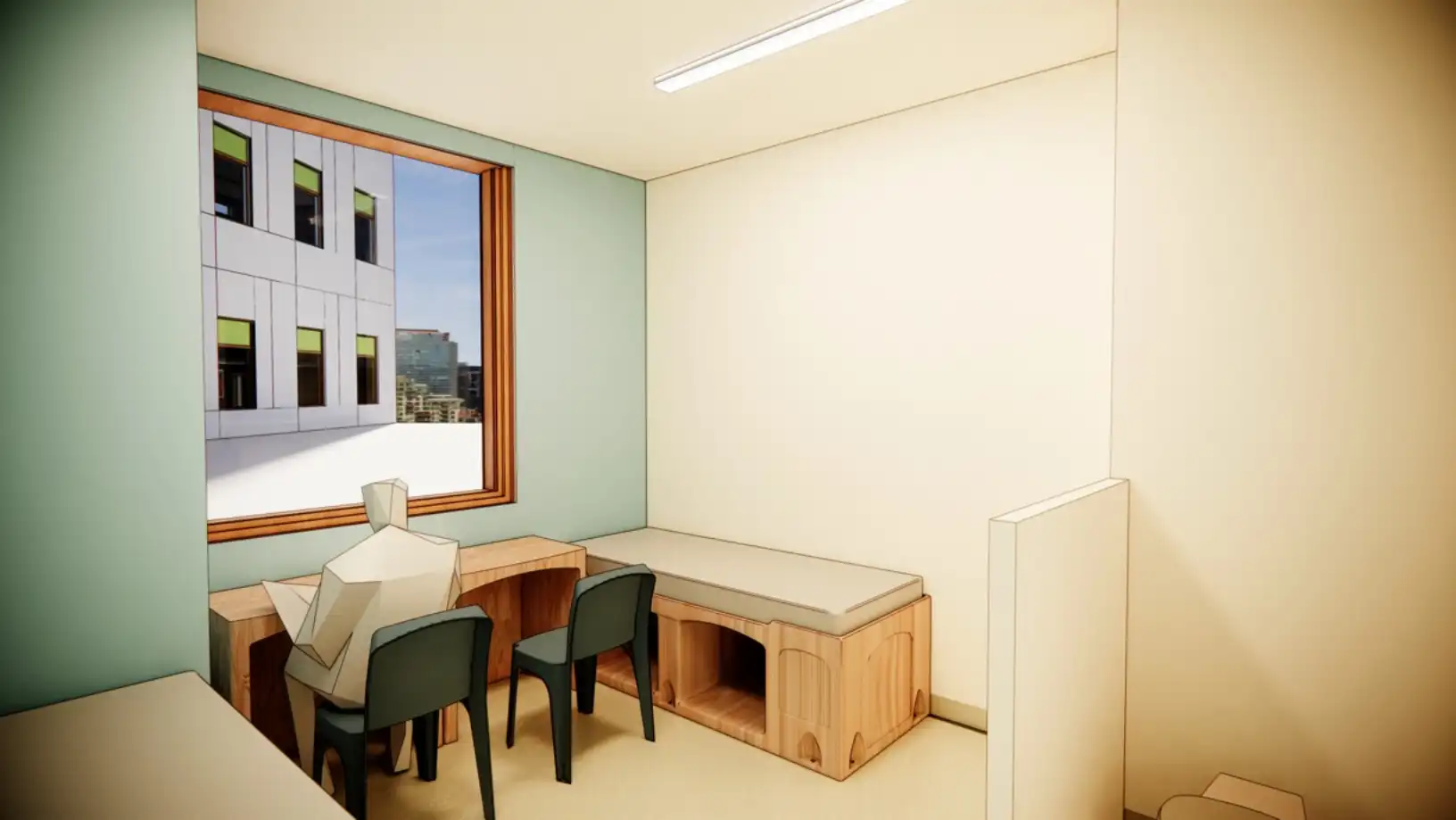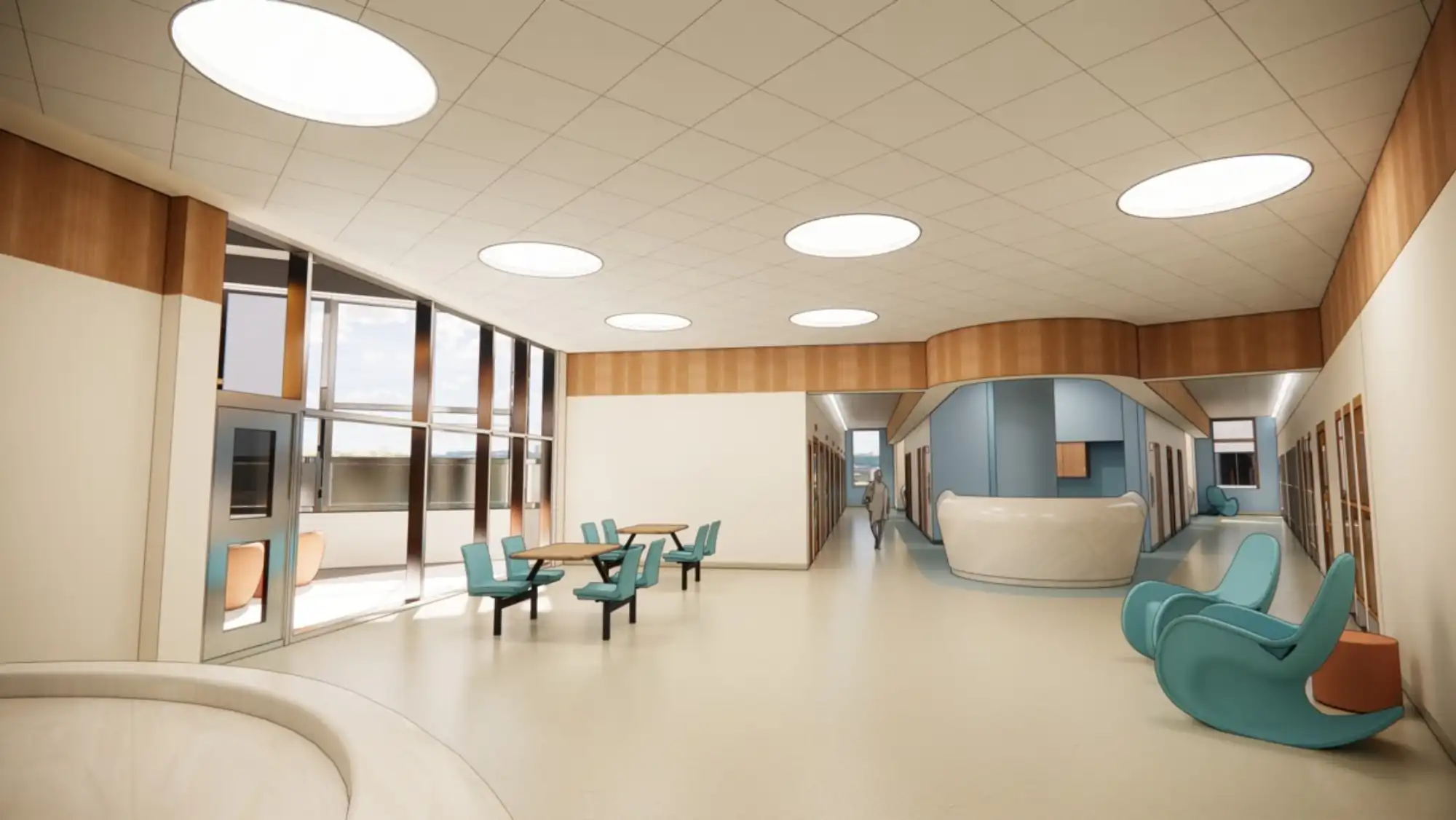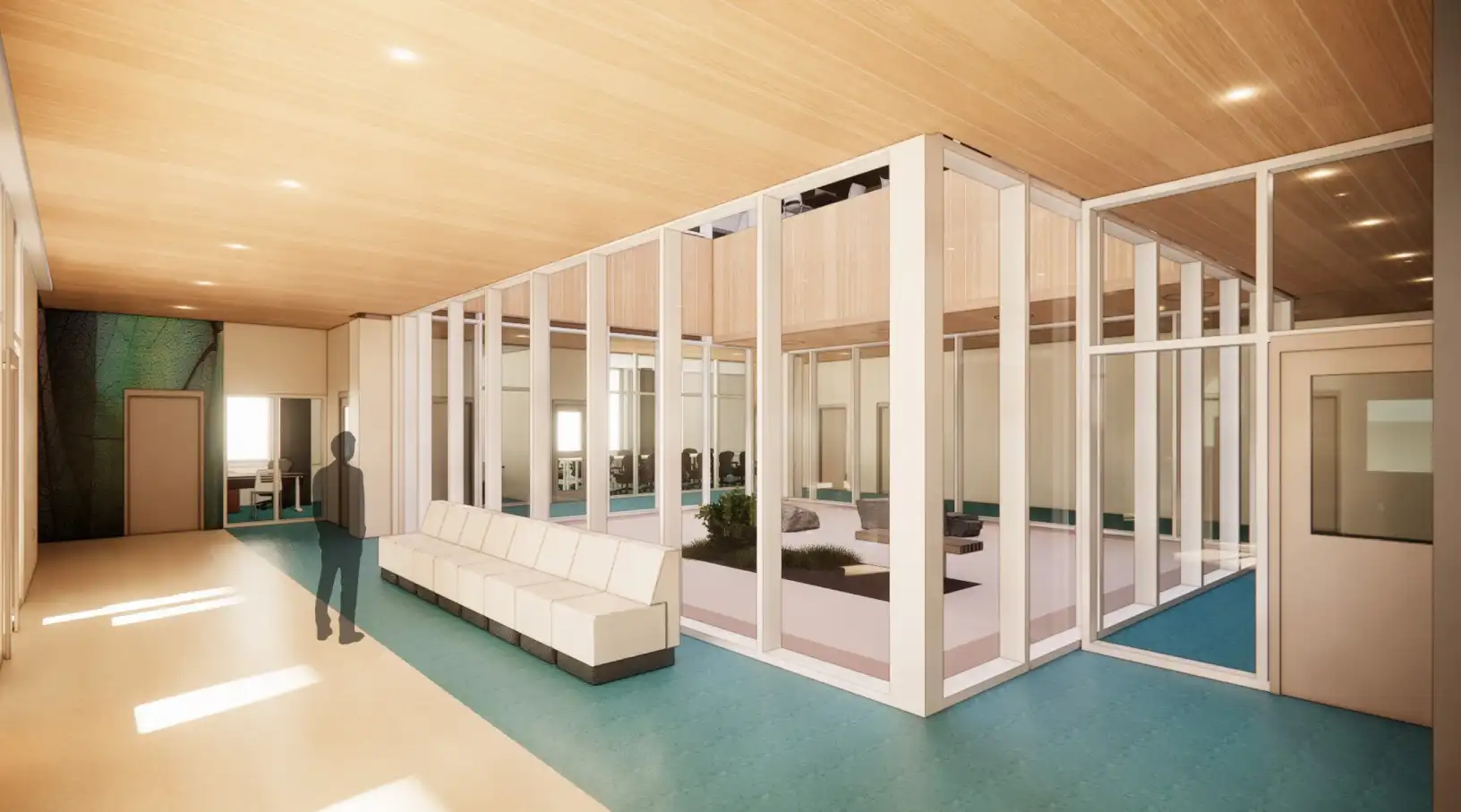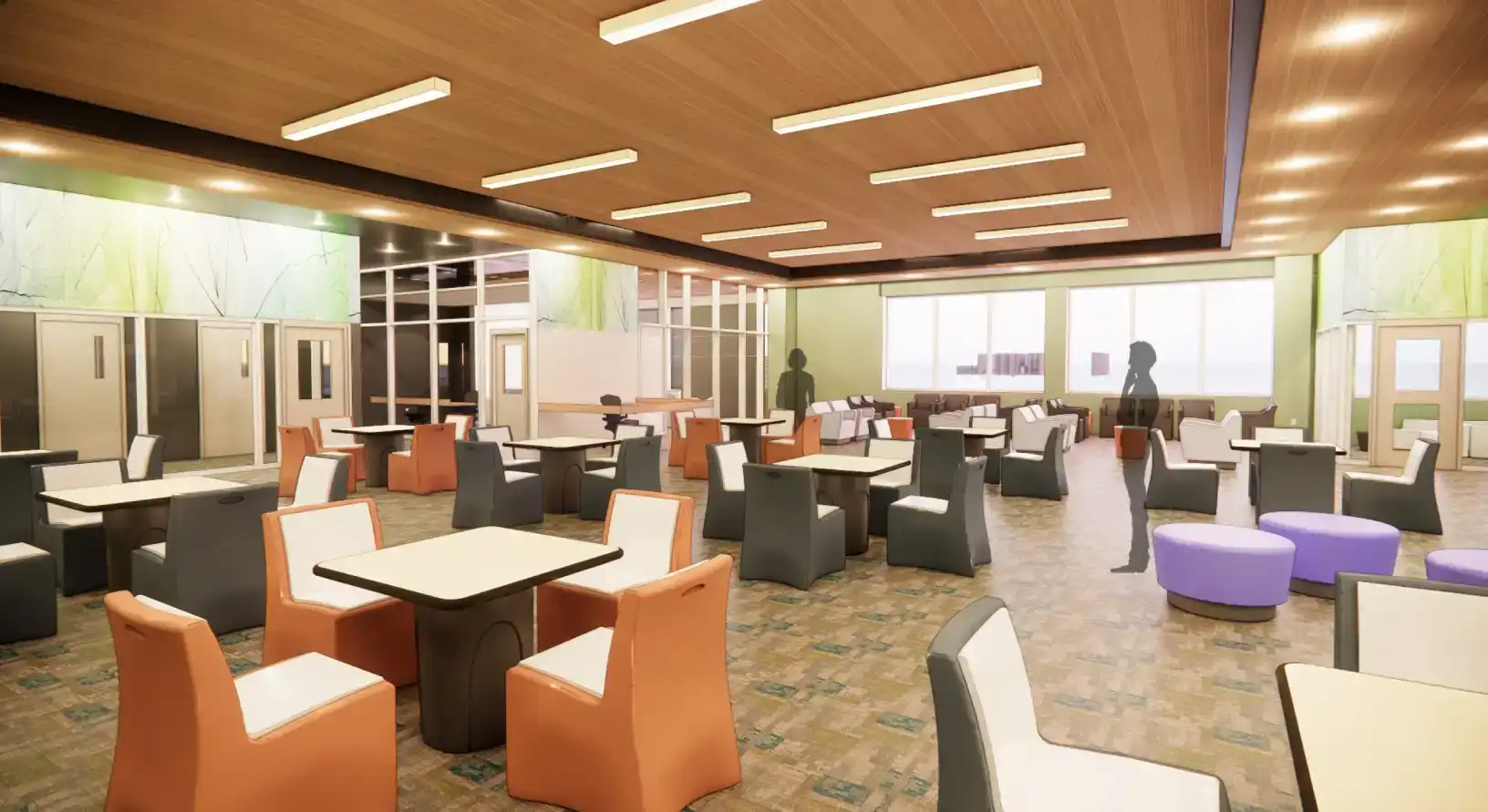About BTTC
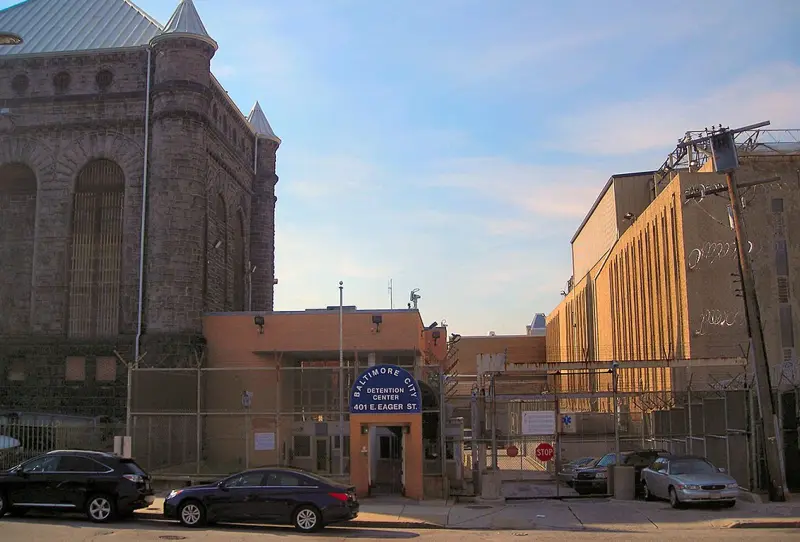
History of Project
The history of correctional facilities in Baltimore is marked by a long struggle to ensure humane conditions for incarcerated individuals, culminating in the ongoing "Duvall vs. Moore" case. This journey began in the 1970s when deplorable conditions in the Baltimore City Jail, a structure dating back to 1801, sparked a class-action lawsuit against the State of Maryland. The case, initially named "Duvall vs. State of Maryland," aimed to address overcrowding, inadequate facilities, and potential human rights violations.
Despite a partial resolution in 2015, Maryland remains under a federal mandate to achieve full compliance with the settlement terms. This ongoing effort is evident in recent developments, including the 2018 opening of a new Juvenile Detention Center and a $28 million demolition project that finally razed the outdated Baltimore City Detention Center in 2021.
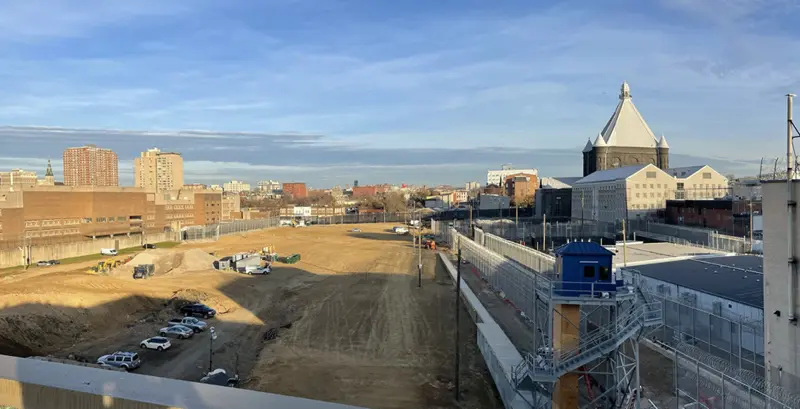
The latest chapter in this story is the construction of the Baltimore Therapeutic Treatment Center (BTTC). This state-of-the-art facility, slated to open in the near future, will provide approximately 854 beds and offer a range of services, including mental health and substance abuse treatment, re-entry programs, and diversionary initiatives. The BTTC represents a significant investment in Maryland's justice and rehabilitation system, promising improved treatment and reintegration programs for the benefit of the entire community.
The "Duvall vs. Moore" case, with its name updated to reflect each new governor, serves as a constant reminder of the state's responsibility to ensure humane conditions for all individuals in its custody. Continued monitoring and reporting remain crucial to achieving full compliance and fulfilling the project's ultimate goal: to create a just and rehabilitative system that prioritizes the well-being of all those it serves.
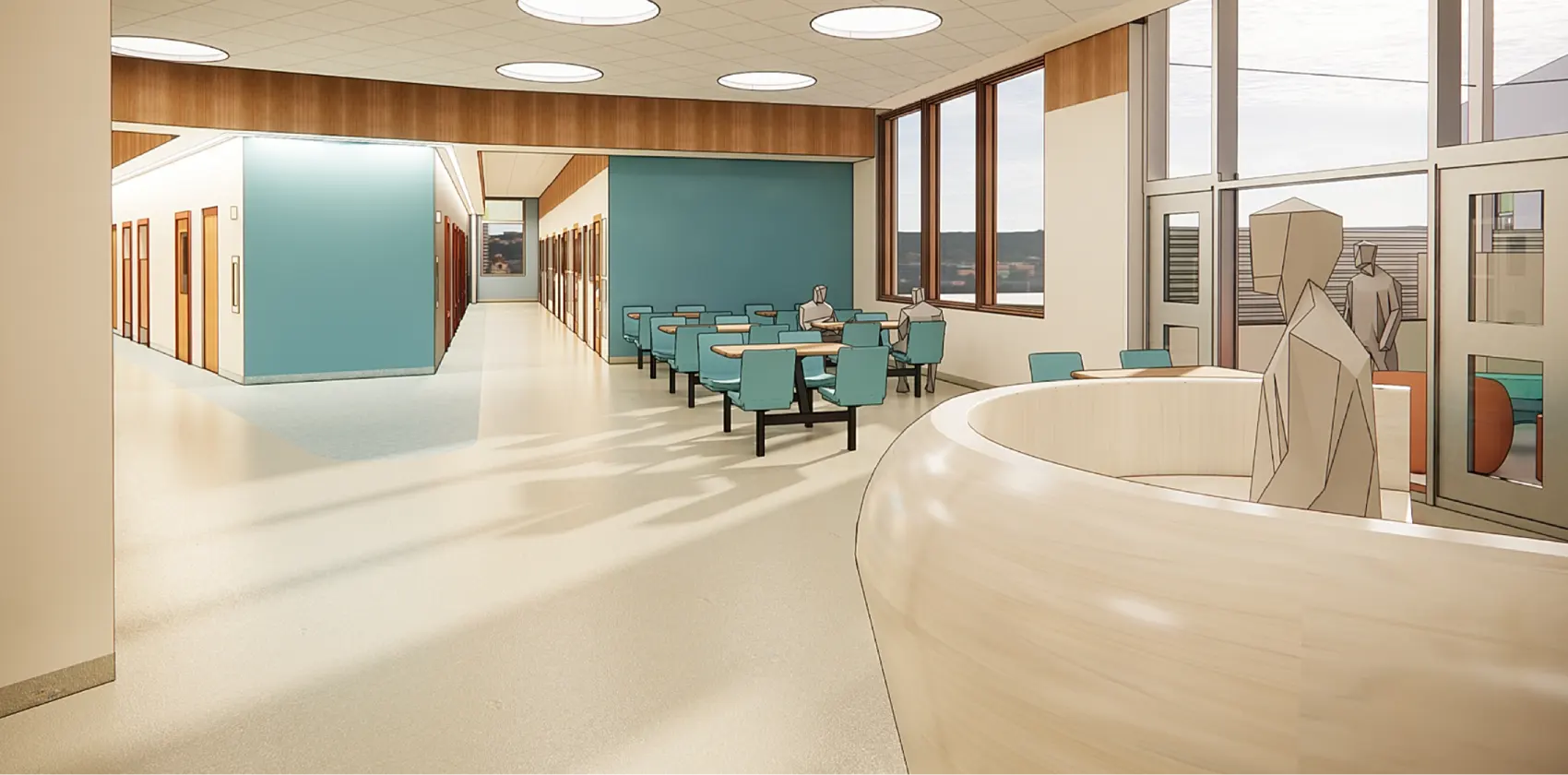
Project Mission Statement
Baltimore’s Therapeutic Treatment Center improves public health and public safety in Baltimore by operating under an assumption of treatment needs, applying evidence-based and trauma-informed practices, minimizing an individual’s justice footprint, and preserving community connections through comprehensive re-entry services. Evidence-based design principles and therapeutic environments support this mission by creating safety and security for those living and working within, their families, and the public.
Project Guiding Principles
Treatment Focused Solutions
Prioritize rehabilitation, mental health, and substance abuse treatment to support reducing recidivism and successful reentry.
Deflection & Early Intervention
Provide proactive support to reduce emergency service use and justice system involvement
Continuity of Care
Ensure smooth transition to community support for long-term recovery and reintegration
Dignity & Respect
Offer wraparound services that empower individuals to successfully transition back into society, including education, job training, and social support.
Re-Entry & Reintegration
Provide wraparound services for successful societal reintegration, including education, job training, and social support.
Public Safety Through Rehabilitation
Enhance community safety by addressing recidivism's root causes and offering comprehensive care
Collaboration & Innovation
Align resources to create a data-driven, holistic justice model balancing safety, health, and rehab

Conceptual Design Tenants
Dignity

Humane

Healing

Safe

What will be Included in the Buildings
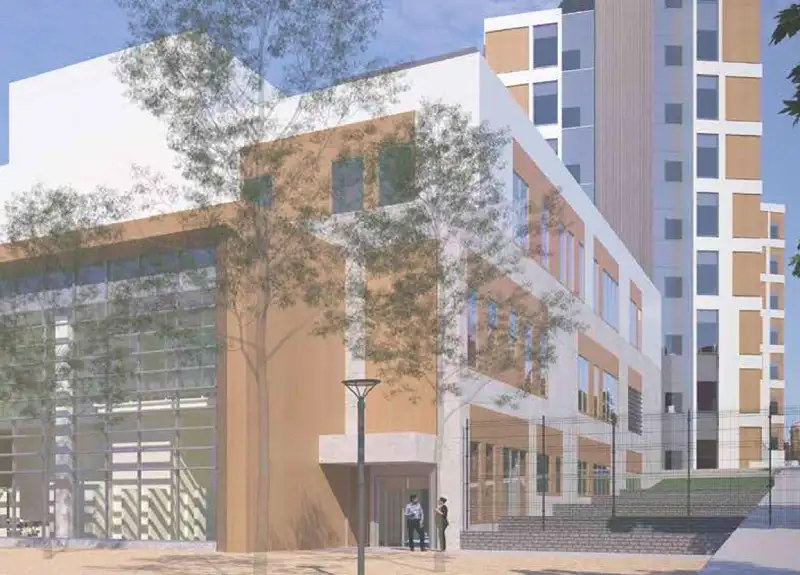
- BUILDING 1 | DEFLECTION CENTER (East Eager Street) – Supports day reporting, exit processing, medical admissions, and community-based services for returning individuals.
- BUILDING 2 & 3 | PODIUM & HOUSING (Center of Campus) – An eight-story, hospital-like facility offering 804 beds and a full range of medical and mental health services.
- BUILDING 4 | INSTITUTIONAL ENTRANCE (East Madison Street) – Provides support services for staff, supervised family visitation, and management offices.
- BUILDING 5 | FOOD, LAUNDRY & WAREHOUSE – Ensures meal preparation, laundry services, and storage for facility operations.
- BUILDING 8 | CENTRAL UTILITY PLANT (CUP) – Supplies steam and chilled water to power the entire campus efficiently.
Project Location Map


